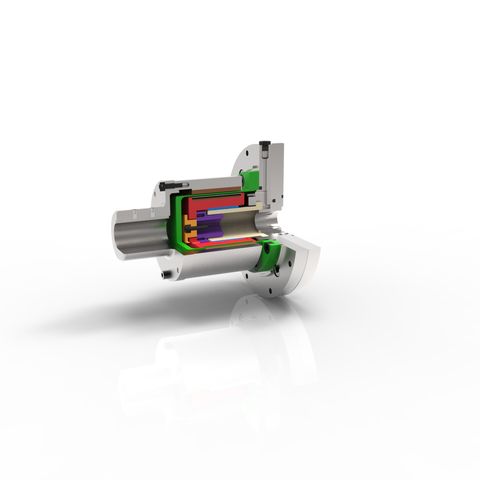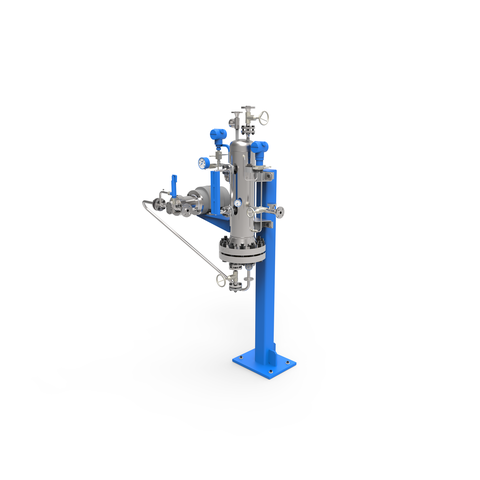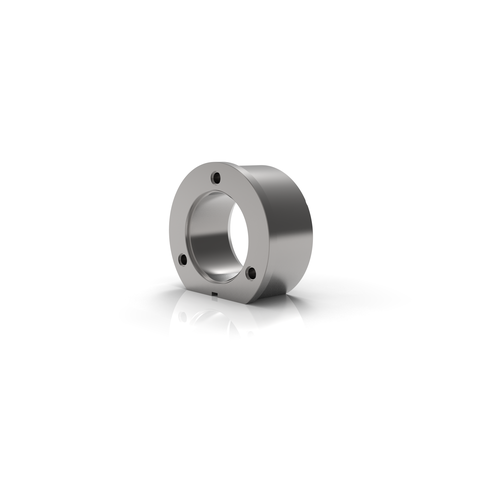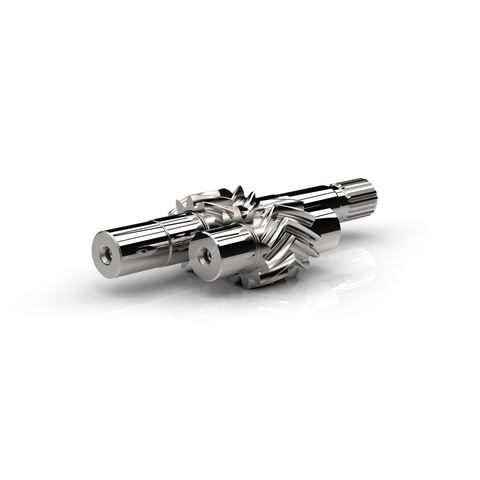For certain batch processes (for example, with the production of polyester), the shaft seal must be made with difficult conditions. On the one hand, the temperature, speed of the pump and viscosity change during a batch; on the other hand, the pump shaft is sealed off against high vacuum on the suction side. Under these conditions, only double-acting, locked seal systems can be used; either a double stuffing box or a double mechanical seal in “back to back” or “face to face” arrangement.
Both systems have to be supplied with a buffering fluid. This must be compatible with the transport product (in our example polyester) and temperature-resistant, because normally there are temperatures between 280°C and 300°C in the polyester production process.
The two illustrated supply systems are different
I) through a dynamic buffer fluid system and
II) through a static buffer fluid system.
Both systems contain a magnet-driven gear pump that ensures a forced circulation of the buffering medium. The operating temperature may amount to up to 350°C.
![[Translate to English:] Dynamisches Sperrsystem Landscape](https://www.witte-pumps.com/fileadmin/_processed_/6/8/csm_sperrsysteme-1_338e1e6d2a.gif)
![[Translate to English:] Statisches Sperrsystem Landscape](https://www.witte-pumps.com/fileadmin/_processed_/f/c/csm_sperrsysteme-2_255ab24919.gif)
![[Translate to English:] Sperrsystem nach Kundenvorgabe](https://www.witte-pumps.com/fileadmin/_processed_/7/6/csm_Sperrsysteme_182f034cd7.png)



